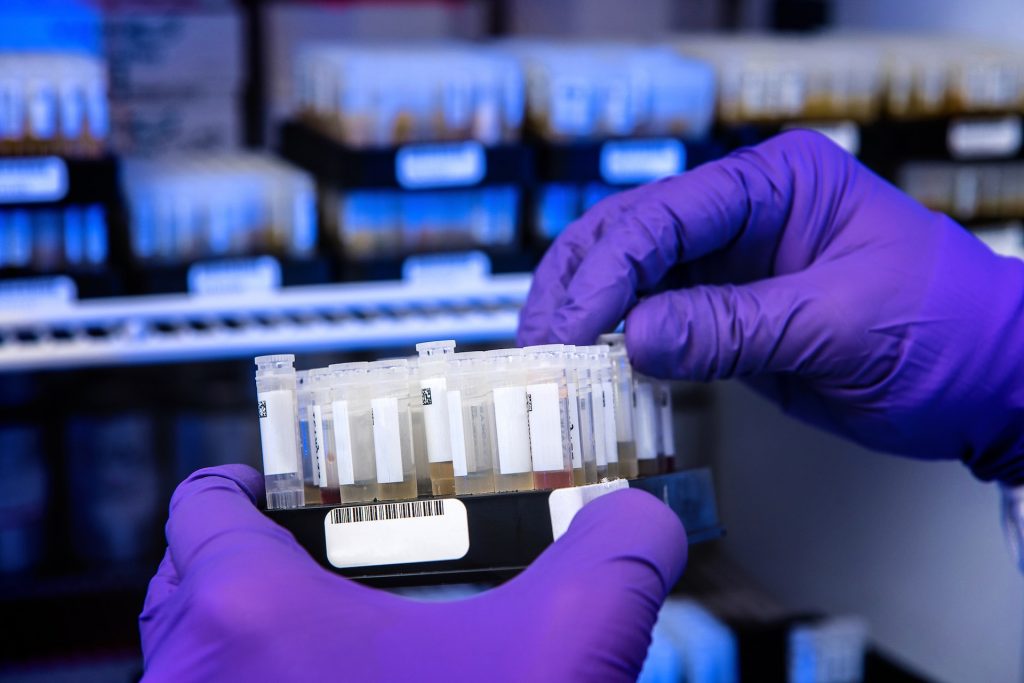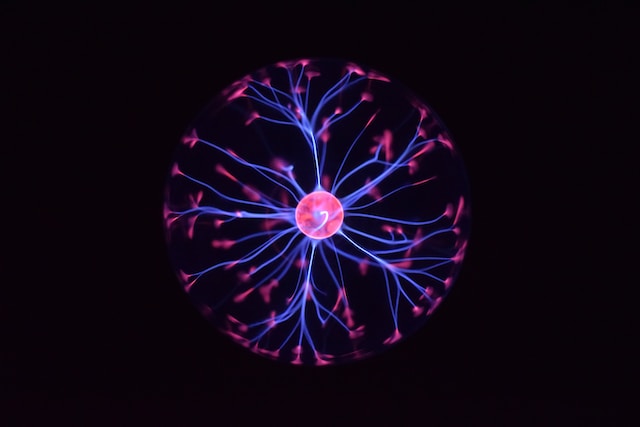Growing old is not for everyone. Be it the 20s, the 30s, or even the 50s, the majority of us cannot make peace with the idea of growing old. While each of us has our reasons for this, the fact that we age cannot be changed or viewed any differently. The onslaught of age-related illness, reduced energy, and a highly regulated palette are among the feared aspects of aging. Are we left with no choice but to accept aging as it comes? Scientists from Harvard Medical School and the Massachusetts Institute of Technology think otherwise. Their latest discovery claims to have the potential to reverse aging with a single pill, with applications ranging from improving eyesight to effectively treating age-related diseases.
These scientists have identified six chemical cocktails, which could have rejuvenating effects in cells, resulting in a reversal of transcriptomic aging. We discuss this discovery with some background and its implications over the field of longevity research and anti-aging.
Factors of aging
Before diving into the findings from the research, it would be useful to have an understanding of some relevant factors which contribute to aging. While aging is brought about by a collection of events, often in combination with one another, we look at two main factors from the viewpoint of the research under discussion.

Firstly, the senescence of cells. Cells are the basic units of life whose continued growth and performance are at the core of a living organism’s existence. A permanent growth arrest of cells, which is one of the defining characteristics of senescence, influences various hallmarks of aging. The accumulation of senescent cells can hinder tissue repair and regeneration functions, contributing to aging across the organism. Senescent cells have been found to be a contributing factor in age-related diseases such as atherosclerosis, diabetes, lung disease, etc. In their paper, the scientists note that the path toward cellular senescence can be triggered by a loss in epigenetic information, amongst others.
Deterioration of nucleocytoplasmic compartmentalisation (NCC) is another indicator of aging which was majorly relied on by the scientists in the research under discussion. Such deterioration can be pictured as leakage of nuclear proteins into the cytoplasm, resulting in a failure of proteins to be imported into the nucleus. Therefore, deterioration of NCC is associated with several age-related diseases, making it a key factor for screening chemicals.
The study and its findings
The study employed what it refers to as the epigenetic programming of old cell health (EPOCH) method, focusing on re-programming the epigenetic information in senescent cells without erasing their identity. After identifying the molecules that rejuvenate old and senescent cells, chemical cocktails were created using a combination of chemicals containing those molecules. NCC cells were then treated with each of the six chemical cocktails, which showed a significant reduction of the transcriptomic age of senescent cells. These cocktails included molecules VC6TF (composed of valproic acid [V], CHIR-99021 [C], E-616452 [6], tranylcypromine [T] and forskolin [F]) and C6NYSA (made up of CHIR-99021 [C], E-616452 [6], TTNPB [N], Y-27632 [Y], smoothened agonist [S], and ABT-869 [A]), and were used in combination with other molecules, which increase the efficiency of induced pluripotent stem cells.
The chemical treatments exhibited a negative correlation with age-related changes in specific mammalian organs like kidneys and brain, along with multiple tissues in mice, rats, and humans. The chemical cocktails brought about a decrease in the biological and chronological age of the senescent cells below that of the non-senescent cell population indicating their ability to reverse dysfunction arising out of cellular senescence.

By examining protein compartmentalisation and gene expression patterns in cells, the study shows that the transcriptomic age of cells can be reversed by small molecules while also retaining the cellular identity. The study therefore underlines the importance of preserving cellular identity by preventing the loss of epigenetic information. It should be noted that a loss in epigenetic information caused by cellular injuries has previously been shown to accelerate aging and age-related disease in mice. According to the scientists who carried out this study, old cells have a “back-up copy” of their epigenome which can be “rebooted” through partial reprogramming of the cells so that it can continue functioning.
This study builds on the Nobel Prize-winning discovery of the effects of Yamanaka factors (OCT4, SOX2, KLF4, and c-MYC [OSKM]) on adult cells. Expression of these transcription factors in adult cells was shown to transform them into induced pluripotent stem cells, i.e., enabling these cells to further divide and develop. However, the study is cautious of the toxic effects which result from the expression of all four Yamanaka factors and adds a caveat that the safety of the chemical cocktails should be tested on non-human mammals before human trials are initiated.
Impact of the study and the way forward
The study focused on the effects of the chemical cocktails on certain specific signatures of aging, which includes distortion of NCC as discussed earlier. NCC disruption was used as an indicator against which the effects of the chemical cocktails were tested. Since it demonstrated an improvement in the compartmentalisation amongst senescent cells, this can further be studied to understand how the health of older individuals, particularly ones that are suffering from age-related diseases, can be treated. For instance, the study notes that the effective functioning of NCC is vital for the proper functioning of the nervous system, therefore, the restoration of nucleocytoplasmic compartmentalisation would preserve cellular integrity. The rejuvenation of old cells would therefore not only fortify the organism against age-related diseases but would also kick-start a process for these cells to develop and take on functions afresh.

While the study did demonstrate a rejuvenation of senescent cells, further research is underway to identify the continuance of this effect after the conclusion of cellular reprogramming through chemical cocktails.















